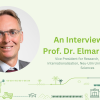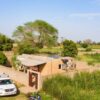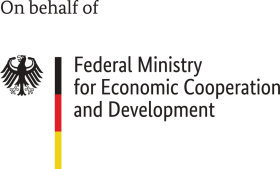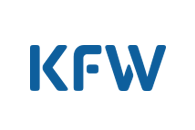Solar repairs for less e-waste in Zambia

What happens to our solar lights once they stop working? How can we keep them from contributing to Africa’s growing e-waste problem? SolarAid, through the “Solar Saver: Second-generation Lights Project“, successfully launched Zambia’s first Solar Repair Days, making repair services for faulty picosolar lights accessible to rural communities.
SolarAid looks for solutions to electronic waste
In 2020, a global e-waste report estimated global e-waste is increasing at an alarming rate of almost 2 million metric tons per year. In 2019 alone, Africa generated approximately 2.9 million metric tons of e-waste (excluding PV panels). Estimates forecast the global amount of e-waste to exceed 74 million metric tons by 2030. SolarAid in Zambia has over 13 years of experience of solar lighting. After selling over 370,000 small solar lights through its social enterprise SunnyMoney, in hard-to-reach, off-grid communities, they are now looking at what happens to these lights once they stop working. In 2020, SolarAid launched a solar light take-back scheme, as well as a repair mobile app to facilitate diagnosis and repair of solar lights by technicians in rural areas. This project has evolved and is now focussed on helping contribute to the appropriate management of E-Waste through repairs and training of more Repair Technicians.
Saving solar lights through new leases of life
Most recently, SolarAid in Zambia has been working on a solar light repair pilot named Solar Saver: Second-generation lights project funded by the German government through Deutsche Gesellschaft für Internationale Zusammenarbeit (GIZ) and its Green People’s Energy programme. The project aims to extend the life of small solar lights through better maintenance and repair for low-income Zambians, thereby combating the growing e-waste problem. While today’s solar lights last longer than ever before, developing the capacity of local technicians to repair common faults on solar lights will enable people to continue enjoying the benefits of clean, safe, and affordable light for three to five years.
Troubleshooting for sustainability
This also means faulty products will not end up contributing to the growing problem of electronic waste. Solar Repair Days are the first phase of the project. Customers are encouraged to bring along any faulty solar products, and repair technicians diagnose and repair the products where possible. Gathering customer feedback at Repair Days is also key to developing a greater understanding of the most common faults with pico-solar lights. SolarAid is using this information to further develop the ‘SolarAid Repair Guide’, a mobile app that allows customers and technicians to troubleshoot problems with their solar lights.
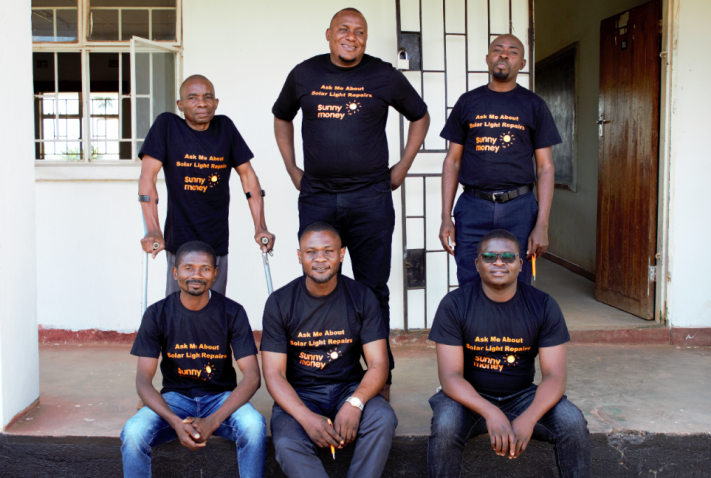
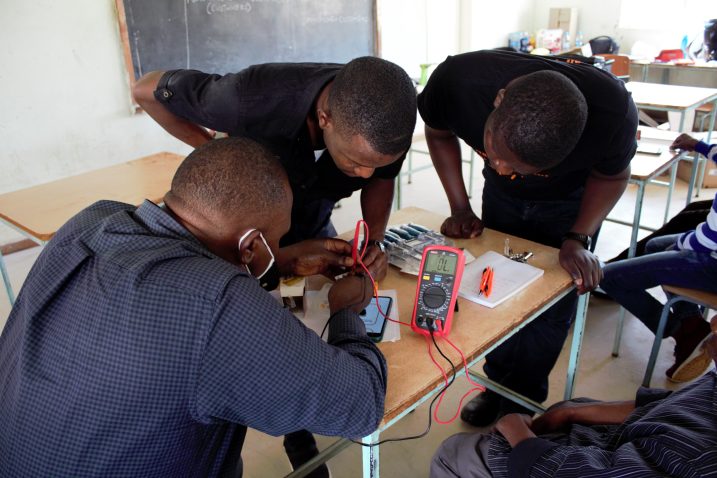
To date, Repair Days have been held in North-Western and Central provinces of Zambia. One of the repair-trained technicians, William Muma, described the first day of the repair days in Solwezi as a success, adding that it presents a good opportunity to both customers and himself as a technician: “Though the day started quite slow because most clients were in their fields doing some work, most of them came through later in the day, and we managed to repair all the lights that were brought through. With improved marketing, most people will surely come through, as it is a good opportunity to have their lights fixed near them,” he said.
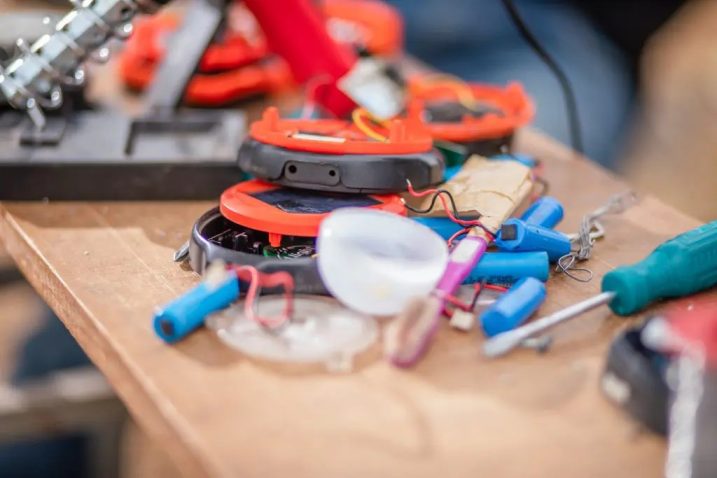
Repairs by experts for everyday use – and at nights, too
Christopher Mupila, a solar light customer, was delighted to share the positive impact the project had on him through the repair days: “Before I had my solar light repaired, I didn’t have a proper light source for my house at night. But now, I am happy that my household and I can use our light again after I had it repaired by the field technicians who came through,” he explained.
With German funding, the Solar Saver: Second-generation lights project not only sees solar lights brought back to life, but also contributes to proper management of e-waste, helping to accelerate progress on SDG 7 and SDG 13, which ensure “access to affordable, reliable, sustainable, and clean energy for all”, as well as “urgent action to combat climate change” respectively.
